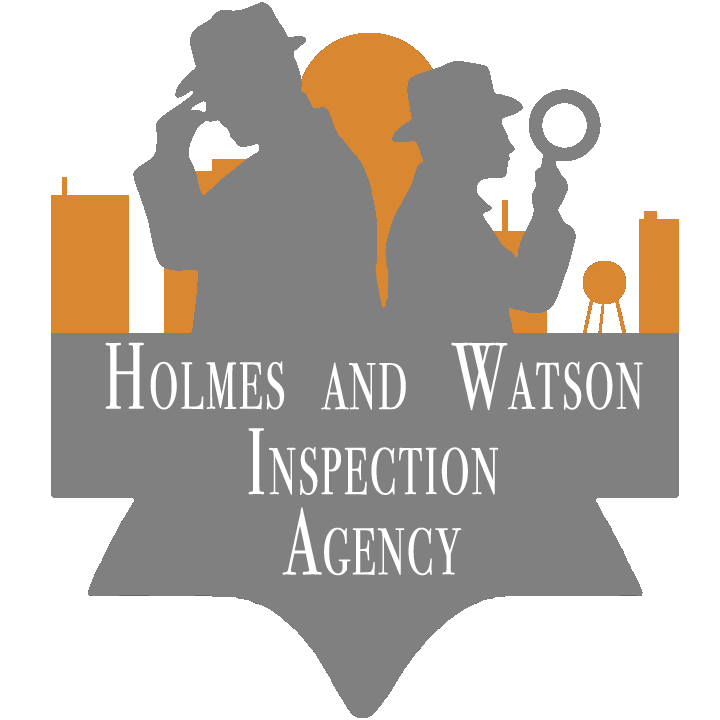Chapter 5: Unveiling the Veiled Intruder: Radon and its Elusive Ways
- Daniel Barber

- Jun 7, 2023
- 2 min read
Updated: Jun 17, 2023
...Utilizing a radon tester, Sherlock meticulously assessed the air, unmasking the insidious truth: high radon levels pervaded the house, an invisible threat silently compromising the inhabitants' health...
In the realm of invisible threats, radon takes center stage as a silent and potentially hazardous intruder. This colorless, odorless, and tasteless noble gas quietly infiltrates homes, exposing occupants to potential health risks. Understanding the basics of radon is crucial in combating its elusive nature.
Radon, the heaviest known gas, originates from the natural decay of uranium and radium in rocks, soil, and water. As these radioactive substances break down, radon gas is released into the atmosphere, where it can effortlessly seep into buildings through cracks, gaps, and openings in the foundation. This radioactive gas then accumulates indoors, posing a danger to human health.
One might wonder why radon is a cause for concern. Well, radon gas emits alpha particles during its radioactive decay process. These particles can damage lung tissue, potentially leading to lung cancer. In fact, radon exposure is the second leading cause of lung cancer after smoking and is responsible for thousands of deaths each year.
Testing for radon is essential to assess its presence within a living space. A variety of testing methods are available, including short-term and long-term detectors. Short-term tests last from two to seven days, providing a quick snapshot of radon levels. Long-term tests, on the other hand, span over several months, giving a more accurate representation of average radon concentrations.
The World Health Organization (WHO) has set a guideline level of 100 becquerels per cubic meter (Bq/m³) as the maximum acceptable radon concentration in homes. If radon levels exceed this threshold, mitigation measures should be implemented to reduce exposure. Radon mitigation techniques typically involve sealing cracks in foundations, improving ventilation, and installing specialized systems that actively remove radon from indoor air.
While radon is a pervasive issue, it is important to note that not all homes have high radon levels. Radon concentrations can vary. Therefore, it is advisable to conduct radon tests in all living spaces, regardless of location. Even regions with low average radon levels may have individual homes with elevated concentrations.
Awareness and education are crucial in combating radon's veiled presence. Public health campaigns, community outreach programs, and governmental initiatives aim to disseminate information about radon risks and promote testing and mitigation practices. By equipping individuals with knowledge about radon and its potential dangers, Holmes and Watson Inspection Agency's Home Inspectors can work with you to create healthier and safer living environments.
In conclusion, radon, the sneaky intruder, demands our attention. By understanding its origin, testing for its presence, and implementing mitigation strategies, we can tackle this hidden threat. Let us be vigilant in safeguarding our homes and loved ones from the dangers of radon, ensuring a healthier future for all.
Schedule a radon test now to see if you or your loved ones are at risk.






Comments